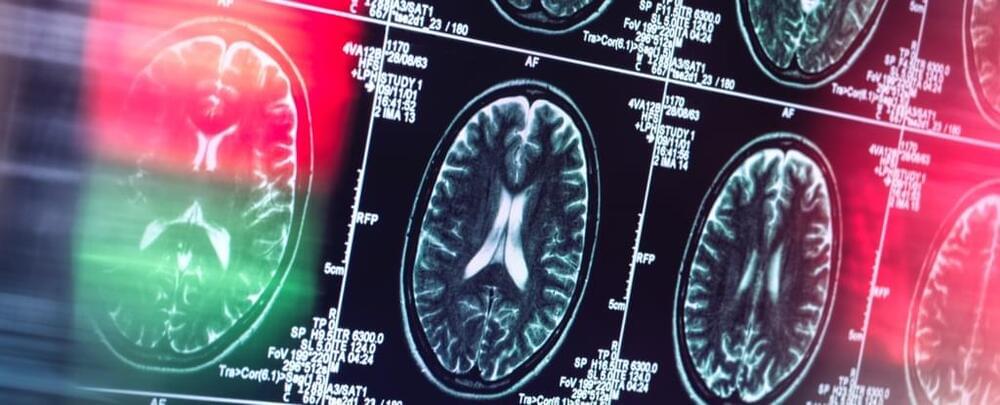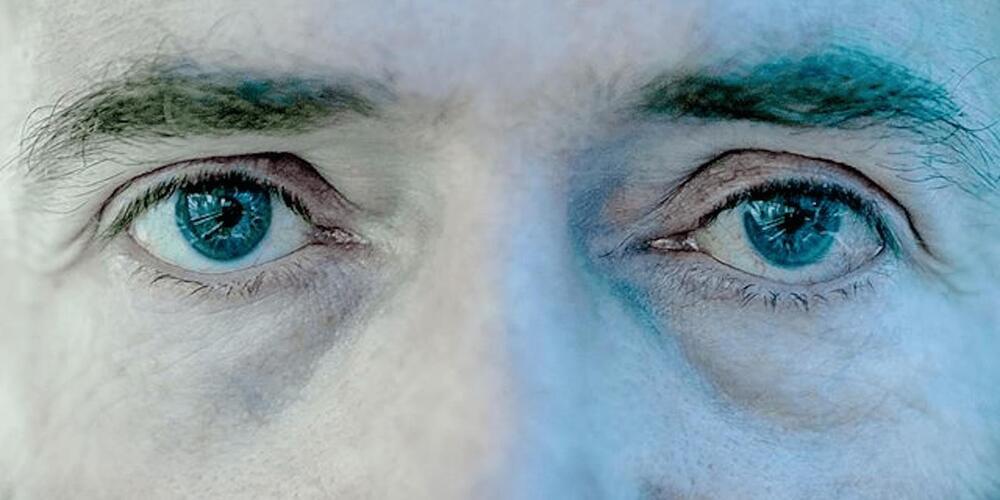A topical gel has been developed that simultaneously suppresses inflammation and changes the makeup of bacteria in the mouth by blocking the succinate receptor, helping treat gum disease.


Many biomedical researchers spend their careers searching for big discoveries – the next wonder drug, vaccine, or device that’s going to solve the greatest challenges in modern medicine.
But many monumental findings have small beginnings, routed in foundational R&D and a genuine curiosity about basic biology. Just look at the history of Nobel Prize-worthy discoveries, such as CRISPR-Cas or GFP: These discoveries are, at first, not appreciated for the dramatic, long-term impact that they end up having on biotechnology and medicine.1,2

For the memory prosthetic, the team focused on two specific regions: CA1 and CA3, which form a highly interconnected neural circuit. Decades of work in rodents, primates, and humans have pointed to this neural highway as the crux for encoding memories.
The team members, led by Drs. Dong Song from the University of Southern California and Robert Hampson at Wake Forest School of Medicine, are no strangers to memory prosthetics. With “memory bioengineer” Dr. Theodore Berger—who’s worked on hijacking the CA3-CA1 circuit for memory improvement for over three decades—the dream team had their first success in humans in 2015.
The central idea is simple: replicate the hippocampus’ signals with a digital replace ment. It’s no easy task. Unlike computer circuits, neural circuits are non-linear. This means that signals are often extremely noisy and overlap in time, which bolsters—or inhibits—neural signals. As Berger said at the time: “It’s a chaotic black box.”
Corporate Venturing For Integrated Digital Healthcare Solutions — Bill Taranto, President, Global Health Innovation Fund, Merck
Bill Taranto is President of the Global Health Innovation Fund at Merck (https://www.merckghifund.com/taranto.html) and founding partner since inception in 2010.
Merck Global Health Innovation Fund (Merck GHI) is a corporate venture capital group utilizing a healthcare ecosystem strategy, investing globally in platform companies with proven technologies or business models where Merck’s expertise can accelerate revenue growth and enhance value creation to ultimately develop integrated healthcare solutions.
Merck GHI has $500M under management per an evergreen model and invests broadly in the domain of digital health, and other segments, and has made over 60 investments in portfolio companies, and has over 20 exits. They invest across the segments of Therapy Planning, Care Management, Health Analytics & AI, eClinical Trials and enabling technologies.
Bill has more than 30 years of health care experience including over 20 years of healthcare investing.

The genetic encoding of ncAAs with distinct chemical, biological, and physical properties requires the engineering of bioorthogonal translational machinery, consisting of an evolved aminoacyl-tRNA synthetase/tRNA pair and a “blank” codon. To achieve this, the researchers mimicked the ibis’ ability to synthesize sTyr and incorporate it into proteins.
The Xiao lab employed a mutant amber stop codon to encode the desired sulfotransferase, resulting in a completely autonomous mammalian cell line capable of biosynthesizing sTyr and incorporating it with great precision into proteins.
These engineered cells, the authors wrote, can produce “site-specifically sulfated proteins at a higher yield than cells fed exogenously with the highest level of sTyr reported in the literature.” They used the cells to prepare highly potent thrombin inhibitors with site-specific sulfation.

The pursuit of a cure for Alzheimer’s disease is becoming an increasingly competitive and contentious quest with recent years witnessing several important controversies.
In July 2022, Science magazine reported that a key 2006 research paper, published in the prestigious journal Nature, which identified a subtype of brain protein called beta-amyloid as the cause of Alzheimer’s, may have been based on fabricated data.
One year earlier, in June 2021, the US Food and Drug Administration had approved aducanumab, an antibody-targeting beta-amyloid, as a treatment for Alzheimer’s, even though the data supporting its use were incomplete and contradictory.

Young people seeking to slake their curiosity are increasingly turning to TikTok as a substitute search engine, with the addictive video-sharing app filled with everything from fried chicken recipes to music history deep dives. This is typically fine if you’re just after movie recommendations or a place to have lunch. Unfortunately, new research by NewsGuard has found TikTok also contains a concerning volume of misinformation about serious topics.
When looking for prominent news stories in September, the fact checking organisation found misinformation in almost 20 percent of videos surfaced by the app’s search engine. 540 TikTok videos were analysed as part of this investigation, with 105 found to contain “false or misleading claims.”
“This means that for searches on topics ranging from the Russian invasion of Ukraine to school shootings and COVID vaccines, TikTok’s users are consistently fed false and misleading claims,” wrote NewsGuard.

Don’t think about living forever. Just think about never getting sick, ever again.
At least that’s how Aubrey de Grey would like you to contextualize his work. The notoriously bearded biomedical gerontologist is the scientific spark that lights up so many all-caps “immortality” headlines. De Grey wants to increase human longevity so significantly that death could become a thing of the past, a condition people fell prey to before they developed the medical technology to stop it. It’s been the center of his work for approximately 20 years.
De Grey started as a software guy at the genetics department of Cambridge University in 1992, maintaining a database of genetic information on fruit flies. In 1999 he published a book called “The Mitochondrial Free Radical Theory of Aging,” where he first laid out the key idea we know him for today: preventing damage to mitochondrial DNA ought to make people live much longer. The idea was so well-received that Cambridge awarded him a PhD the following year. De Grey condensed his thesis to a sound byte in a 2007 interview: “[Humans] are machines, and aging is the wearing out of a machine, the accumulation of damage to a machine, and hence potentially fixable.”

Enrollment of 51 patients exceeds target by ~10% due to high interest in the study
SOUTH SAN FRANCISCO, Calif., Sept. 19, 2022 (GLOBE NEWSWIRE) — UNITY Biotechnology, Inc. (“UNITY”) [NASDAQ: UBX], a biotechnology company developing therapeutics to slow, halt, or reverse diseases of aging, has completed enrollment for the ENVISION study, its Phase 2 clinical trial of UBX1325 in patients with wet age-related macular degeneration (AMD). This is an active comparator study, examining the efficacy of two doses of UBX1325 compared to every other month treatment with aflibercept through 24 weeks.

Scientific publishers such as the American Association for Cancer Research (AACR) and Taylor & Francis have begun attempting to detect fraud in academic paper submissions with an AI image-checking program called Proofig, reports The Register. Proofig, a product of an Israeli firm of the same name, aims to help use “artificial intelligence, computer vision and image processing to review image integrity in scientific publications,” according to the company’s website.
During a trial that ran from January 2021 to May 2022, AACR used Proofig to screen 1,367 papers accepted for publication, according to The Register. Of those, 208 papers required author contact to clear up issues such as mistaken duplications, and four papers were withdrawn.
In particular, many journals need help detecting image duplication fraud in Western blots, which are a specific style of protein-detection imagery consisting of line segments of various widths. Subtle differences in a blot’s appearance can translate to dramatically different conclusions about test results, and many cases of academic fraud have seen unscrupulous researchers duplicate, crop, stretch, and rotate Western blots to make it appear like they have more (or different) data than they really do. Detecting duplicate images can be tedious work for human eyes, which is why some firms like Proofig and ImageTwin, a German firm, are attempting to automate the process.